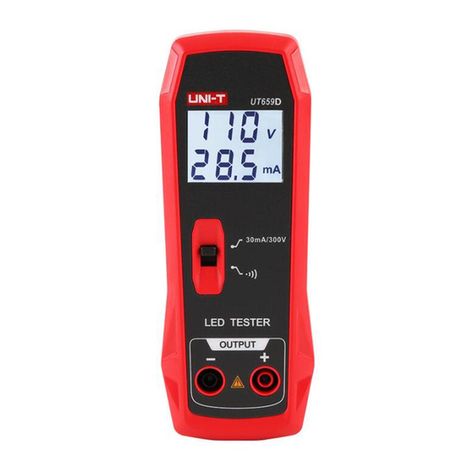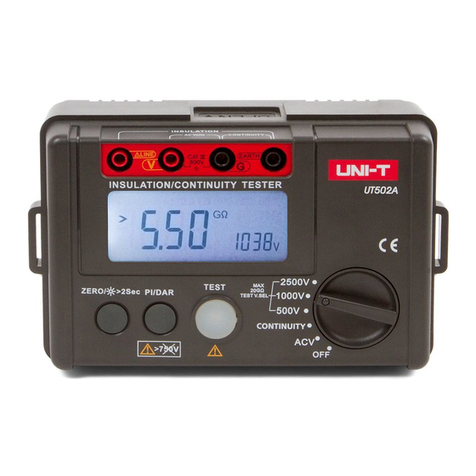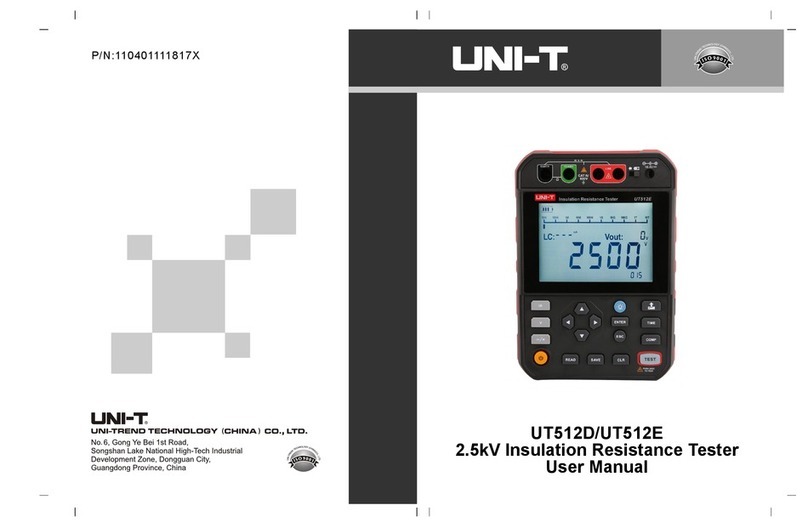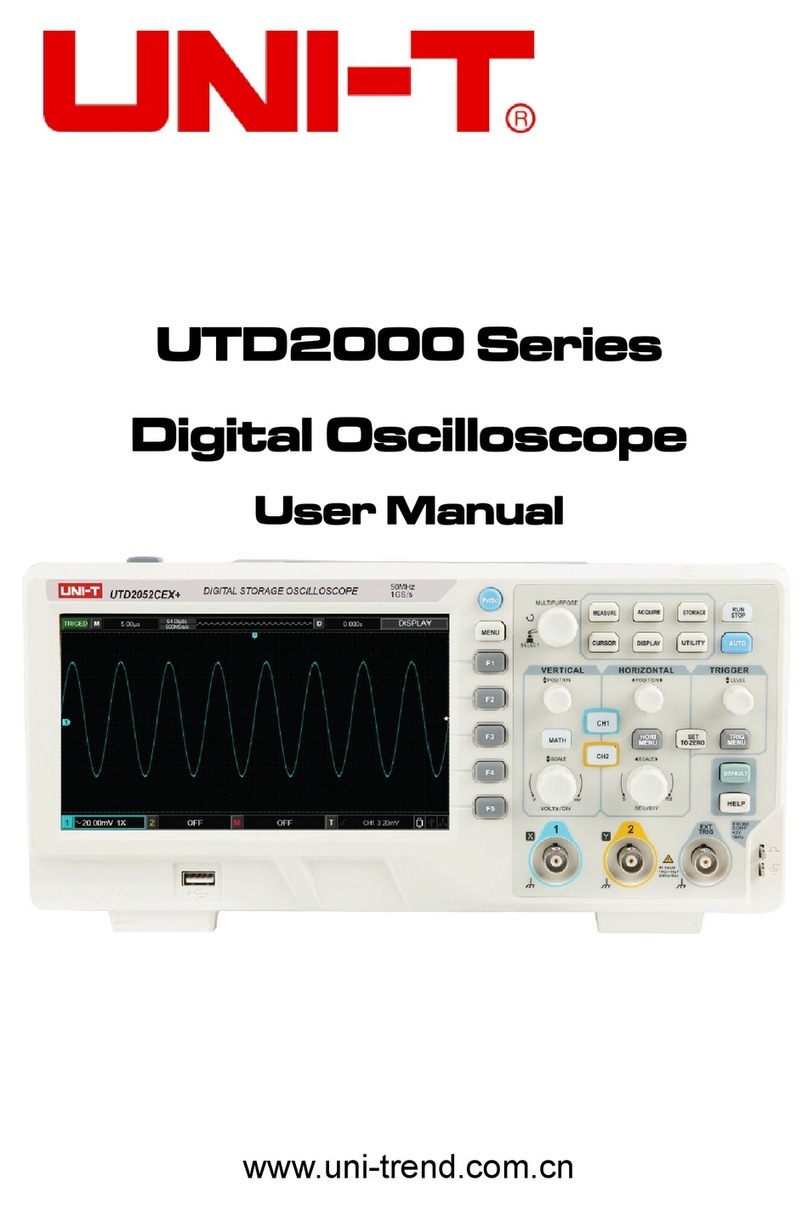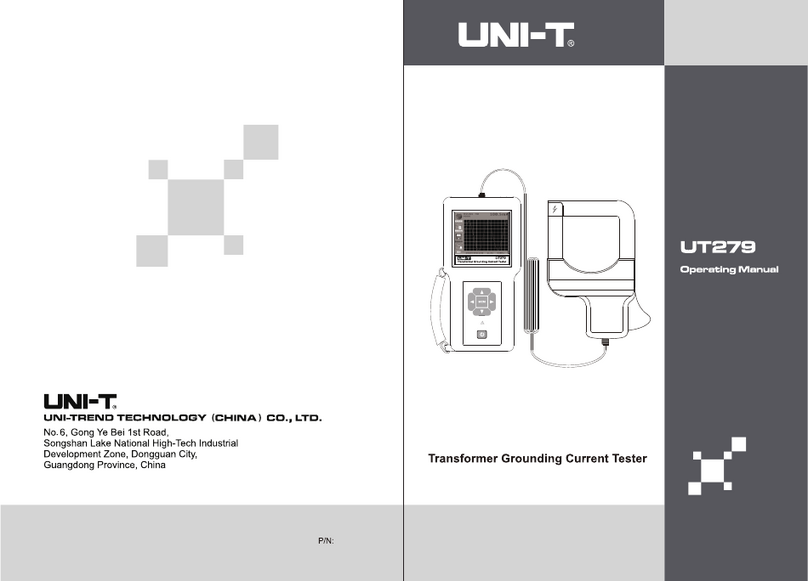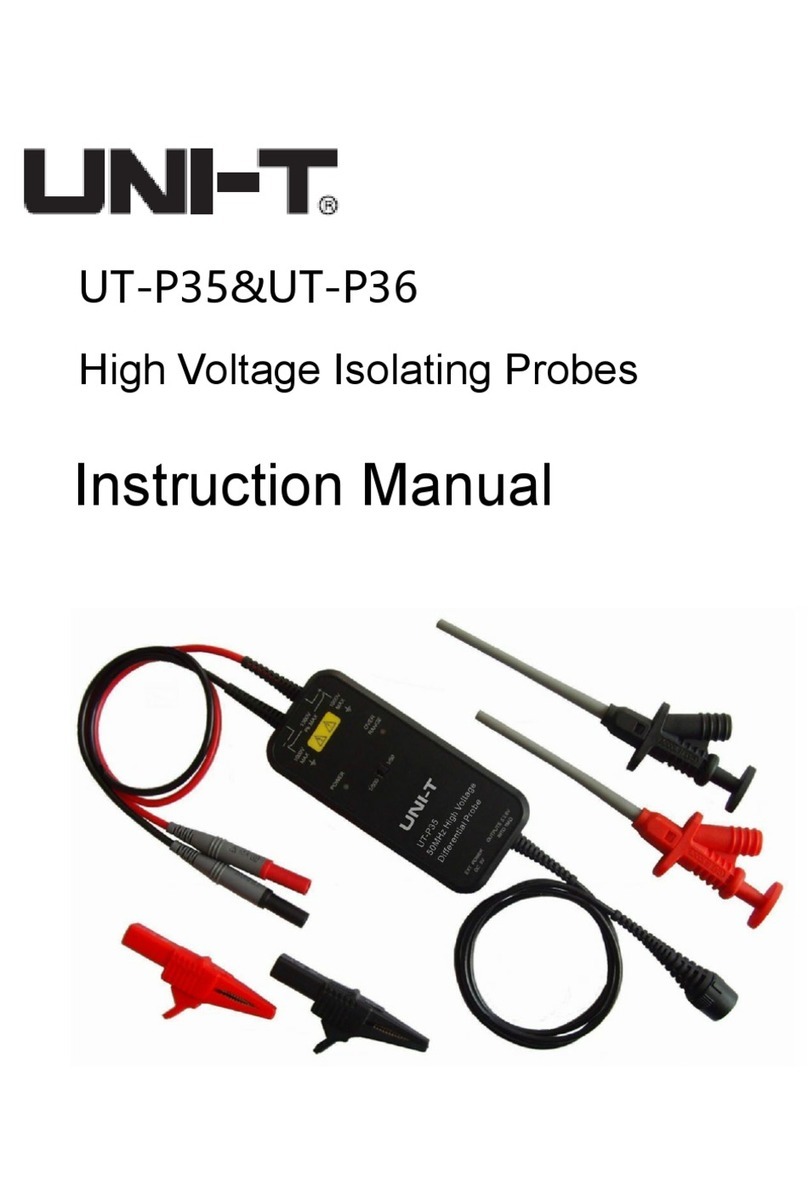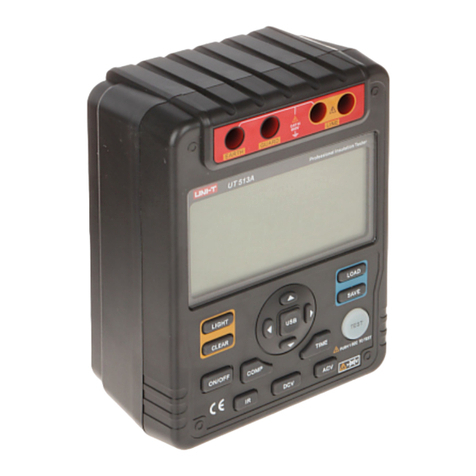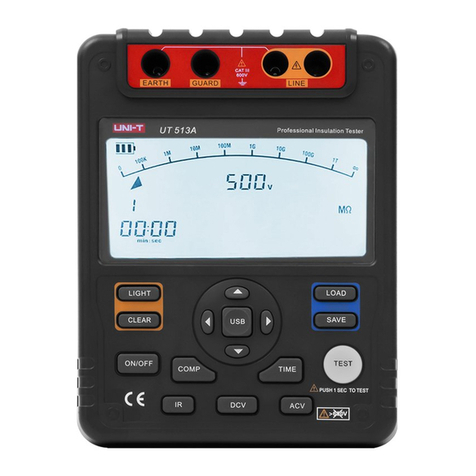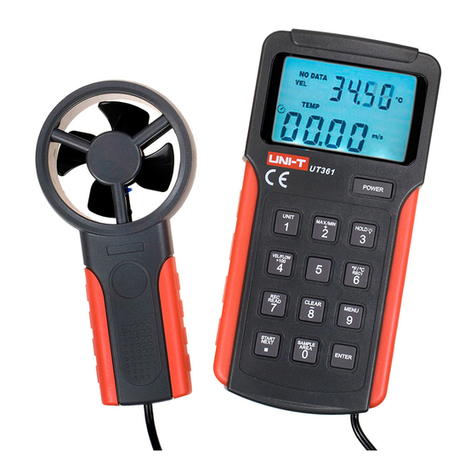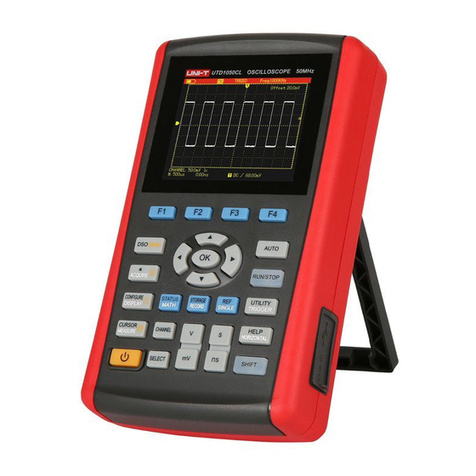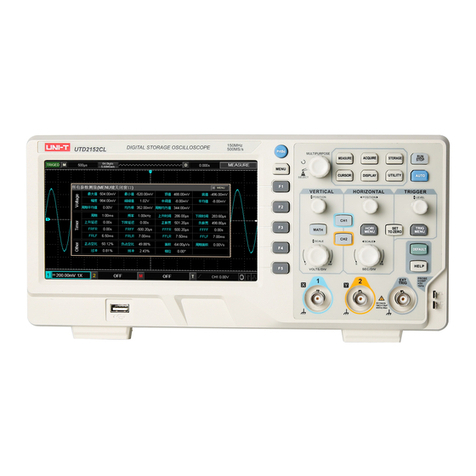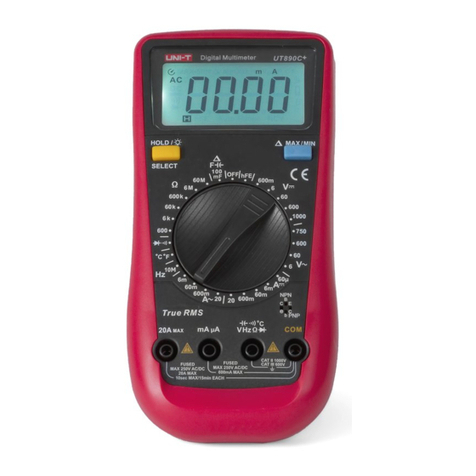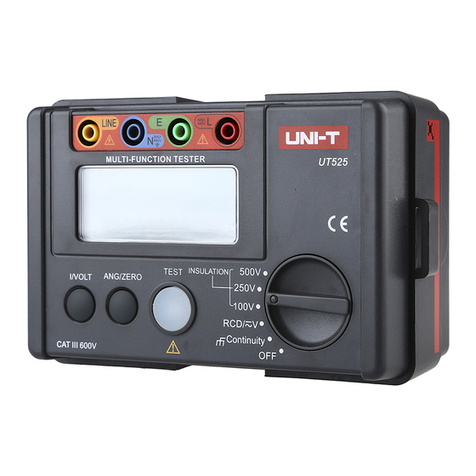Unit UTG1000X Series Owner's manual
Other Unit Test Equipment manuals
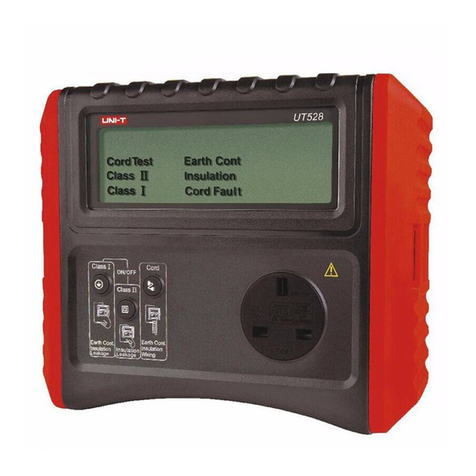
Unit
Unit UT528 User manual

Unit
Unit UT3200+ Series User manual

Unit
Unit MSO/UPO2000 Series Owner's manual
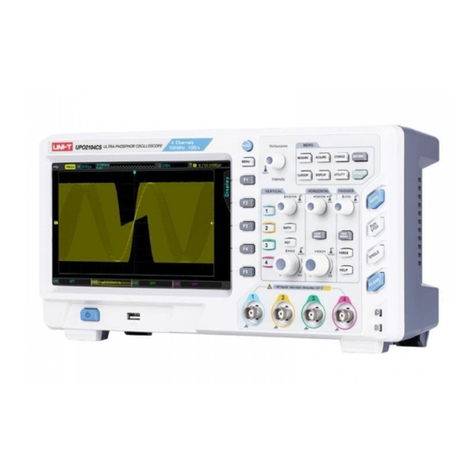
Unit
Unit UPO2000CS Series User manual
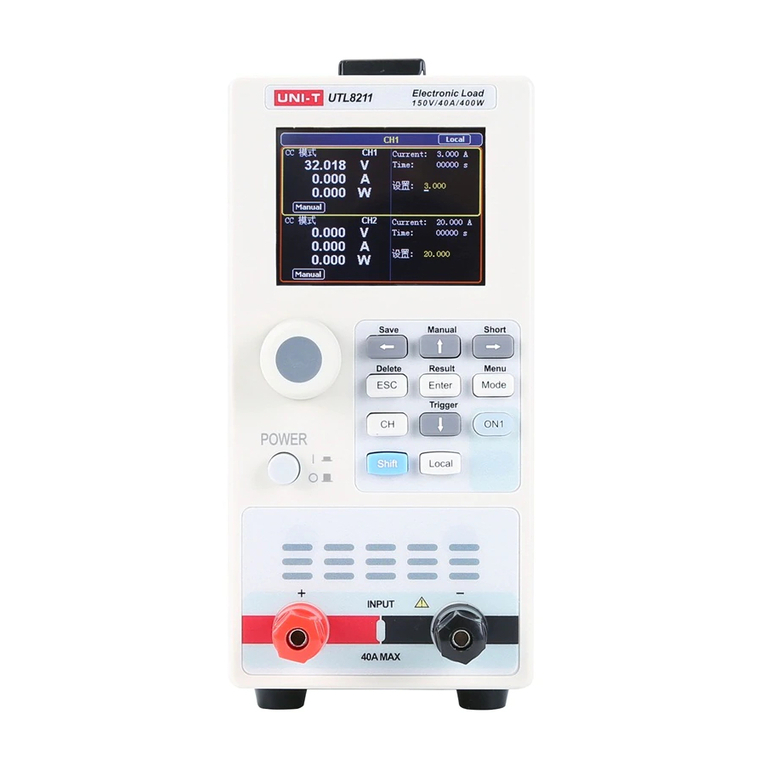
Unit
Unit UTL8200 Series User manual
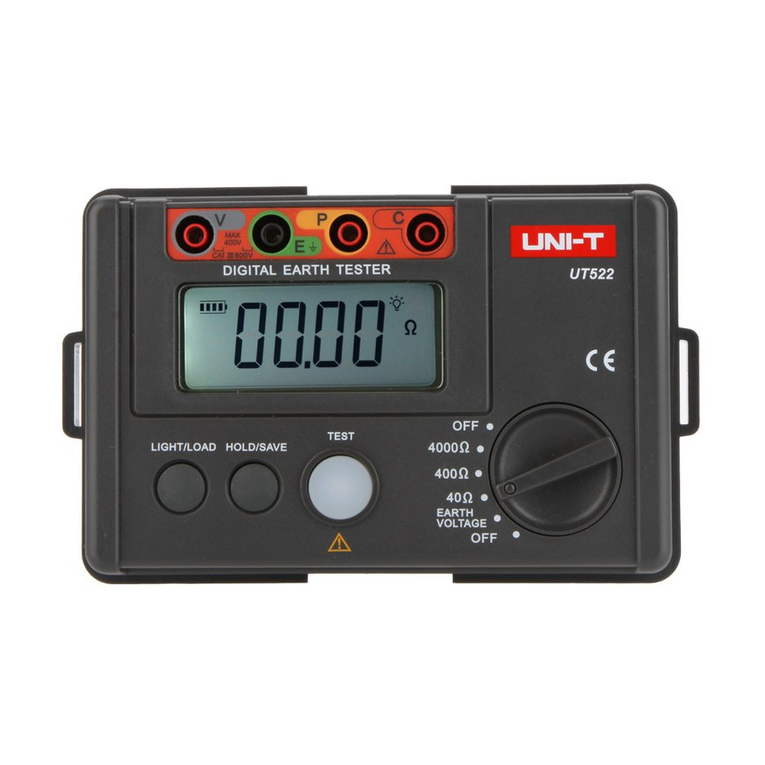
Unit
Unit UT522 User manual
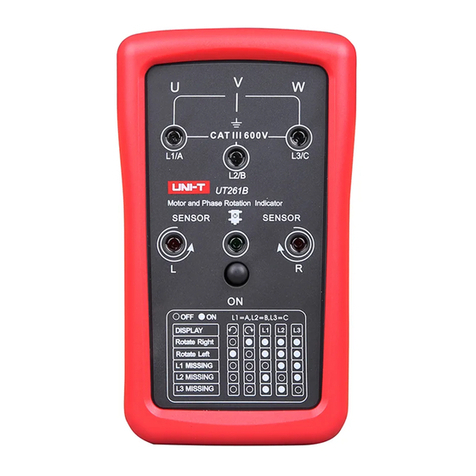
Unit
Unit UT261 Series User manual
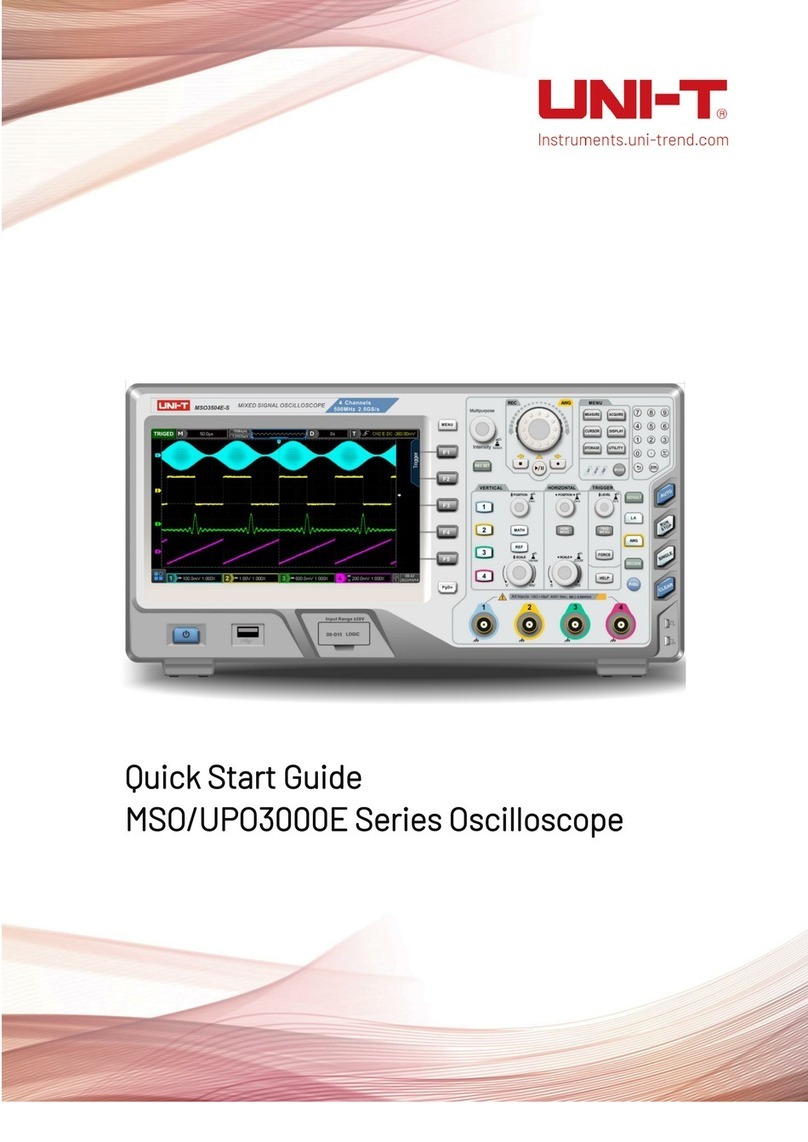
Unit
Unit MSO Series User manual

Unit
Unit UT 4000 Series User manual

Unit
Unit UT673A User manual
Popular Test Equipment manuals by other brands

Redtech
Redtech TRAILERteck T05 user manual

Venmar
Venmar AVS Constructo 1.0 HRV user guide

Test Instrument Solutions
Test Instrument Solutions SafetyPAT operating manual

Hanna Instruments
Hanna Instruments HI 38078 instruction manual

Kistler
Kistler 5495C Series instruction manual

Waygate Technologies
Waygate Technologies DM5E Basic quick start guide

StoneL
StoneL DeviceNet CK464002A manual

Seica
Seica RAPID 220 Site preparation guide

Kingfisher
Kingfisher KI7400 Series Training manual

Kurth Electronic
Kurth Electronic CCTS-03 operating manual

SMART
SMART KANAAD SBT XTREME 3G Series user manual

Agilent Technologies
Agilent Technologies BERT Serial Getting started
